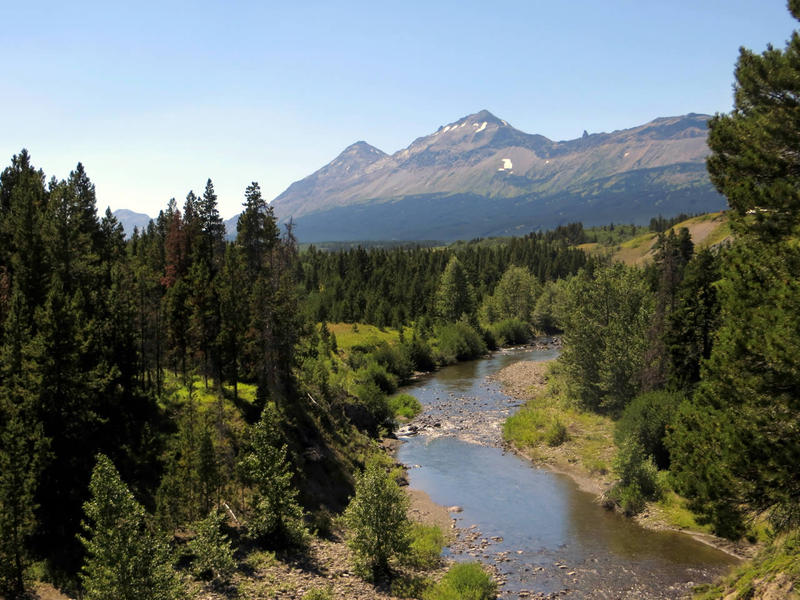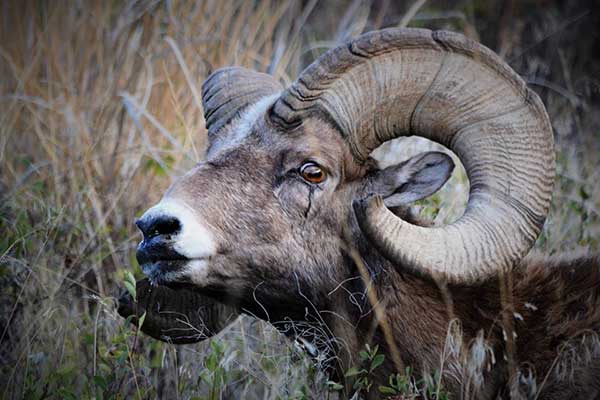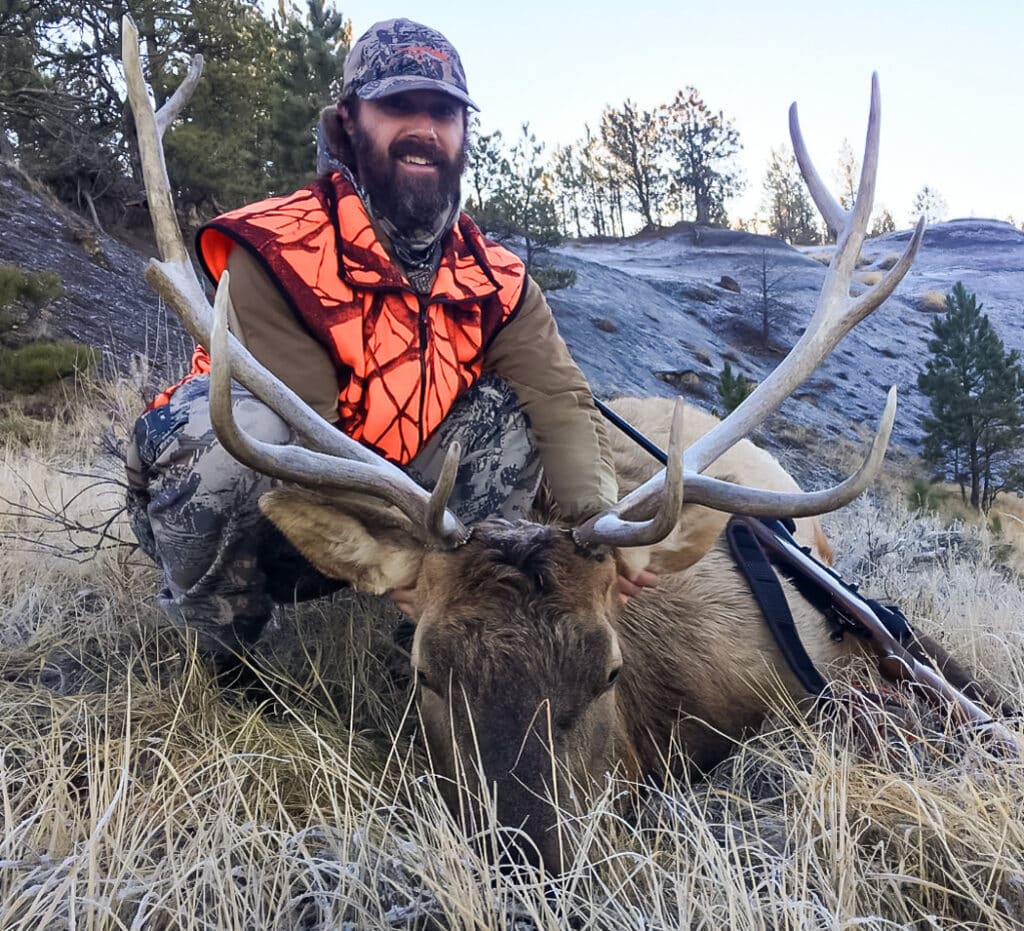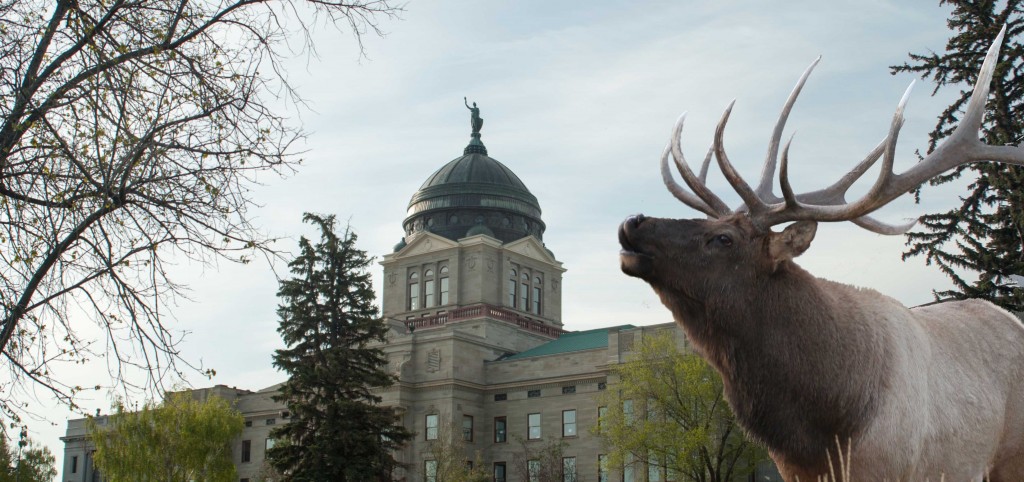
Wildlife and hunting bills picked up sharply in the second week of the 2017 Legislature. Last week the Montana Wildlife Federation testified on more than half a dozen bills that affect our public wildlife, fishing regulations, and hunting rules.
Shooting from a vehicle
Among the bills last week were SB 91, sponsored by Sen. Jed Hinkle, R-Bozeman. This bill would change state law in how we enforce a ban on hunting from a vehicle. One change – clarifying that spotting game from a vehicle, was supported by MWF. However, MWF did not support other provisions of the bill, because it could potentially erode our decades old fair chase hunting heritage that discourages road hunting. Montana Fish, Wildlife and Parks testified that last year there were only six violations statewide, so there is no need for the bill.
Funding changes
Another bill that we opposed was HB 164, which redirected funding from the base hunting license every hunter must purchase to go into the hunter access program, and away from the general license account for operations. MWF supports hunter access, however, the bill, sponsored by Rep. Kelly Flynn, R-Townsend, would cost FWP roughly $500,000 for operations. We are working with the sponsor to make some changes that would be acceptable. MWF worked hard last session to revamp our license system and we want to keep those changes in place.
MWF did come in to support HB 97, sponsored by Rep. Denley Loge, R-St. Regis. This bill would increase the cap on block management payments available to a landowner from the current $12,000 to $15,000. The bill came out of the Private Land/Public Wildlife (PLPW) Council. MWF supports giving landowners a raise for public hunting access.
Livestock loss payments
MWF helped build support for SB 73, sponsored by Sen. Pat Connell, R-Hamilton. This renewal of the Livestock Loss compensation program is needed, and the bill includes funding for prevention work to keep grizzly bears and wolves from attacking livestock. These programs include range riders, fencing of attractants and livestock carcass removal programs that have been very effective at heading off problems. They help build support and tolerance for grizzlies and wolves, and are key to allowing these native predators to live in suitable habitat around the state.
Landowner licenses for access agreements
MWF also supported another PLPW bill, HB 96, sponsored by Rep. Zach Brown, D-Bozeman. This bill would give a non-transferrable license and/or permit to a landowner, including nonresidents, for every four public hunters allowed on their property under a contract with FWP. The landowner license could go to immediate family members or a full-time employee of the landowner, and not sold or transferred. Such programs are controversial, but Montana has already had the program for resident landowners and had only two participate. MWF supported a review of any agreements to determine how it’s working.
Barbless hooks, bighorns and more
Other bills last week included:
- A measure allowing FWP to designate certain waters as catch and release, and require barbless hooks (SB 84. We opposed this bill cause FWP already has such authority.
- A bill allowing hunters who kill a lamb or juvenile ram on special management bighorn hunts to apply for a license immediately, rather than wait seven years (HB 128), which MWF supported.
- A bill to clarify that the spouse of a military member who is a Montana resident and stationed out of state qualifies as a resident(HB 150), which MWF supported.
- A bill that allows a nonprofit organization to serve wild game in hot meals (HB 166). W supported the bill because it is well written to ensure it doesn’t promote commercialization of wildlife and will be beneficial to the less fortunate.
In addition, MWF spoke in support of the funding for the Department of Natural Resources and Conservation, and in particular continuation of the sage-grouse conservation program. This program has helped conserve habitat in key sagebrush-steppe habitats to keep the bird from being listed on the Endangered Species Act list. It benefits numerous other species, including mule deer, antelope and songbirds.
Looking ahead
This week will be a busy one again, although the Senate Fish and Game committee does not have meetings scheduled. We will face a shooting range funding bill (HB 151) which would be a diversion of Pittman-Robertson federal funds. While we support shooting range development, the bill could cost FWP $18 million intended for wildlife conservation. Several other bills may receive a hearing as the week goes on.
Keep watching the MWF billtracker for details, or contact Nick Gevock on the MWF staff at ngevock@mtwf.org.
